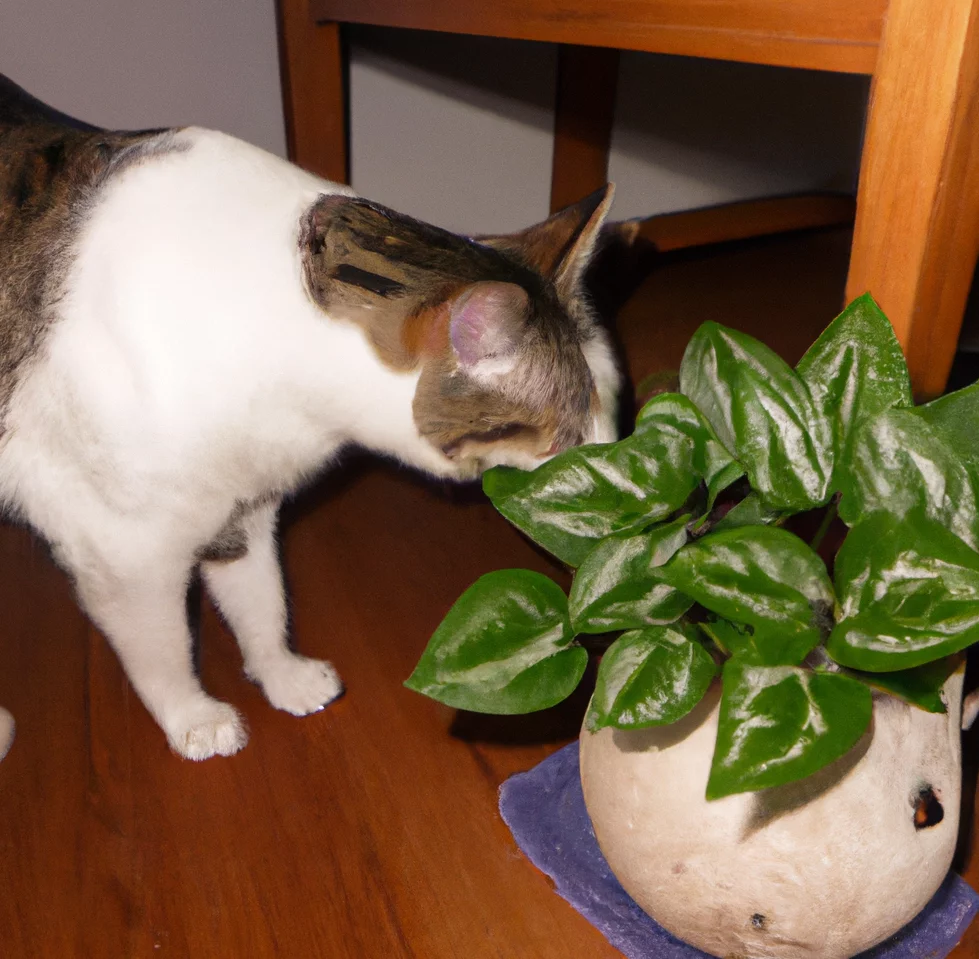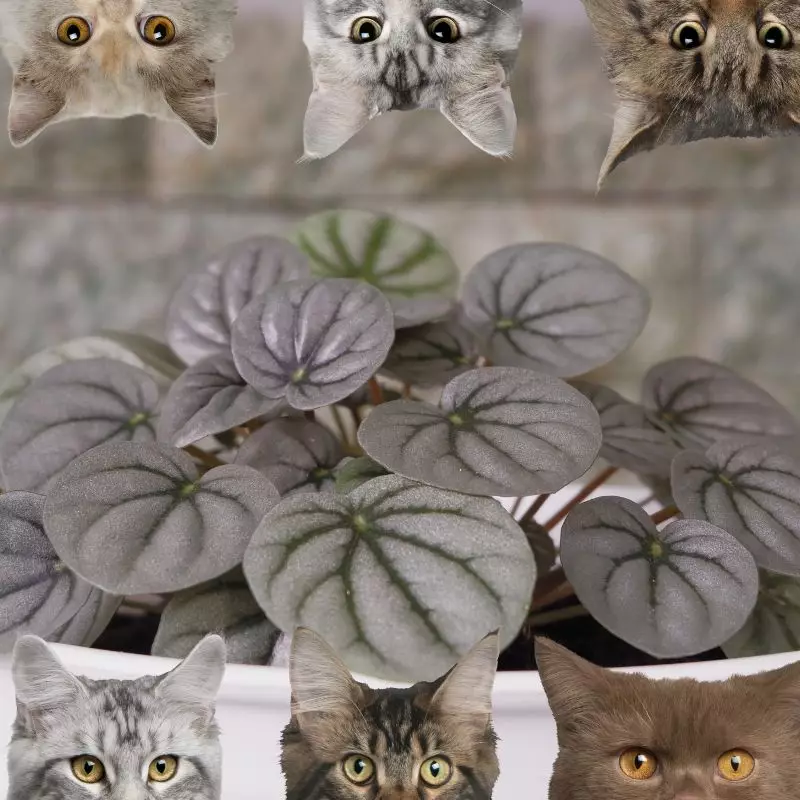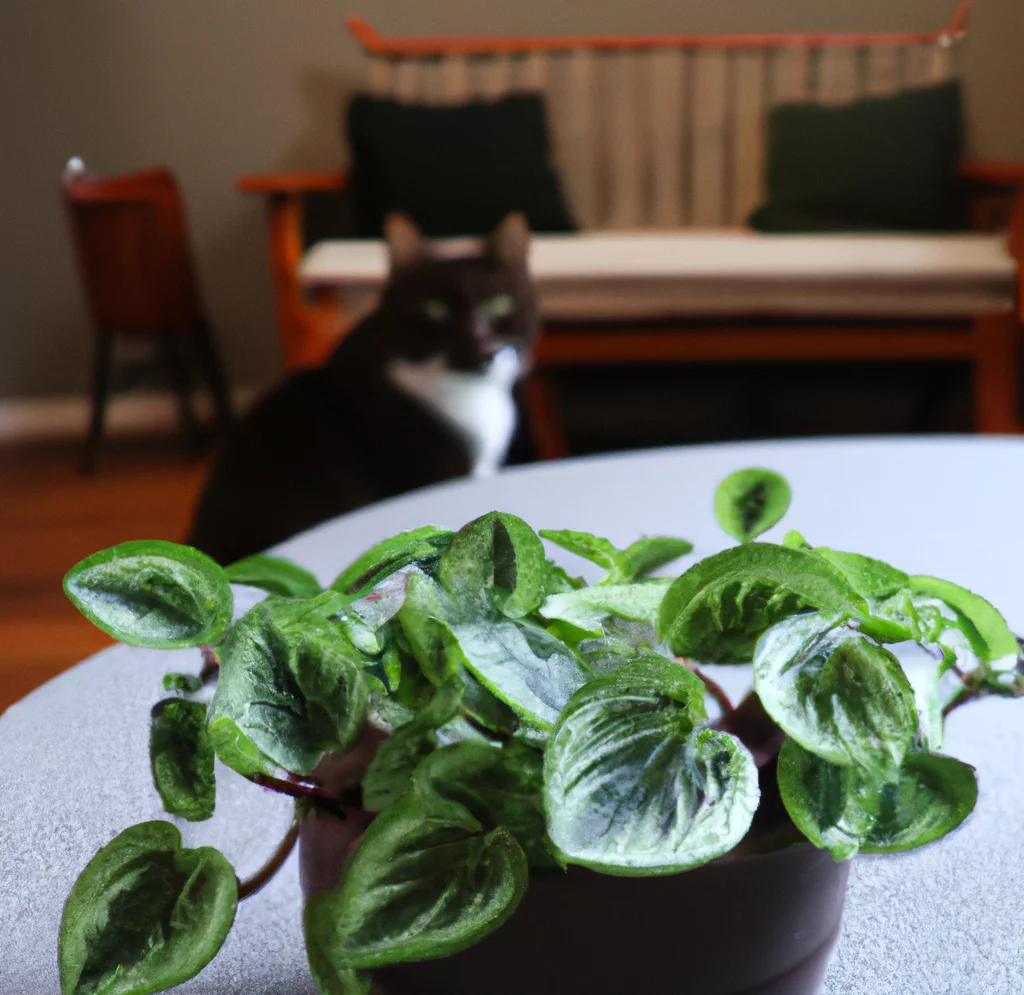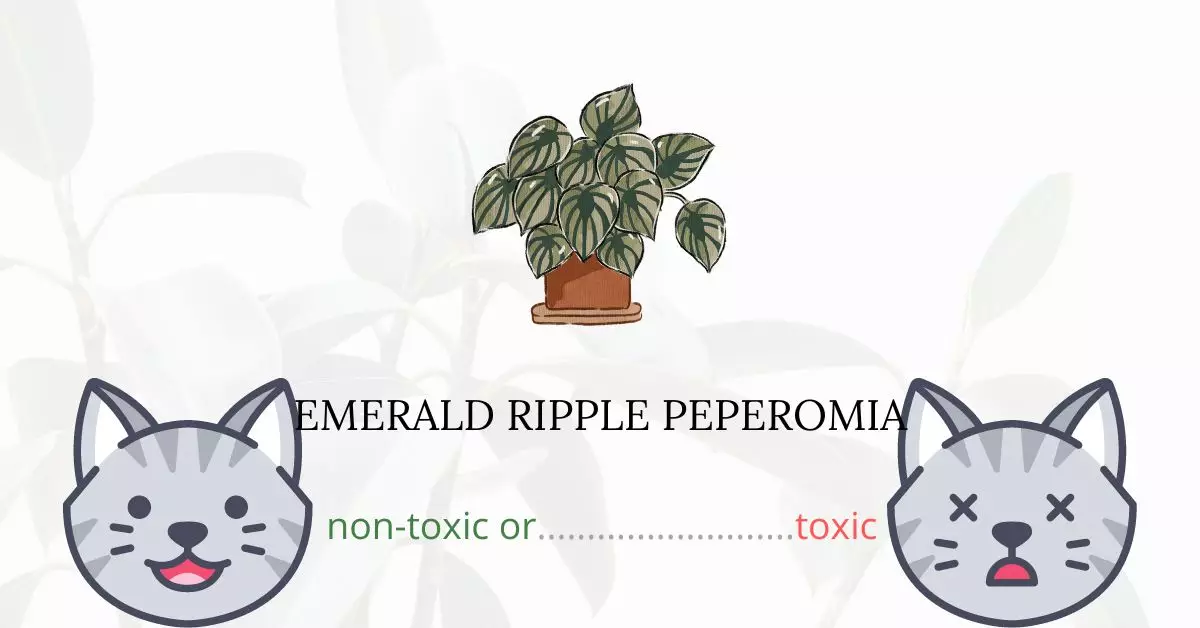Emerald Ripple Peperomia is not toxic for cats.
Collaborating closely with a team of experienced DVMs (doctors of veterinary medicine), we aim to provide the most accurate and up-to-date information regarding the potential risks of various plants and their effects on feline friends. Our thorough research included referencing high-authority websites such as the ASPCA and PetMD.
It is reassuring to note that, according to The American Society for the Prevention of Cruelty to Animals (ASPCA), Emerald Ripple Peperomia, a prominent member of the Piperaceae family, is safe for cats.
Can Cats Eat Emerald Ripple Peperomia?

Yes, cats can eat emerald ripple peperomia, but only in limited quantities. Peperomias is a non-toxic and cat-friendly plant, according to the ASPCA. Cats and dogs both enjoy these plants. While peperomia plants are technically non-toxic, they can cause toxic-like reactions in cats and dogs who try to consume too much of them.
Cats are mostly carnivores with a digestive mechanism that allows them to absorb only modest amounts of plant materials. Overeating can cause diarrhea, irritation, and vomiting.
What is Emerald Ripple Peperomia?

Emerald Ripple peperomia is another name for Peperomia caperata. Dark green leaves with a heart shape and beautiful veining. Red Peperomia caperata (pronounced [pep-er-OH-mee-uh kap-er-AY-tuh]) is a type of peperomia. The genus’Peperomia’ is named after two Greek words: peperi, which means pepper, and homoios, which means resembling.
These plants resemble and are related to black pepper or Piper nigrum. The peperomia ripple is a herbaceous perennial native to the rain forests of Brazil, South America. The species name ‘caperata’ alludes to the plant’s wrinkled leaf structure. It is a seasonal blooming with lovely evergreen leaves that belongs to the Piperaceae family.
Caperata Peperomia is suggested for USDA hardiness zones 11–12 in the United States, where it thrives as a groundcover. It is, however, most commonly used as a houseplant. In the moderate shade, the small plant thrives. It requires very little upkeep and only moderate amounts of water.
Peperomia caperata is a little plant that grows to be approximately 8′′ tall and 8′′ broad. The scentless blossoms are better described as intriguing rather than beautiful. Mouse tails or rat tails are common names for flower spikes. The flowers are tiny, greenish-white, and plentiful.
Keeping Cats Away From Emerald Ripple Peperomia

Even though the peperomia is safe for your cat, you still don’t want it to consume any of it, and you’ll want to keep it from being mauled. You can put your plants in a room where your cat won’t be able to get to them. Otherwise, consider putting them up high and out of reach of your cat. Remember, cats are acrobatic, so make sure there are no surfaces from which your cat can jump.
Use a cat deterrent spray around or on your peperomia to make your cat instinctively avoid it.
Plants to Avoid For Your Cats
If you are a cat owner and unsure if the plants growing in your yard are harmful to your cats, check out this list of toxic plants for cats. You can also check our list of non-toxic plants for cats.





